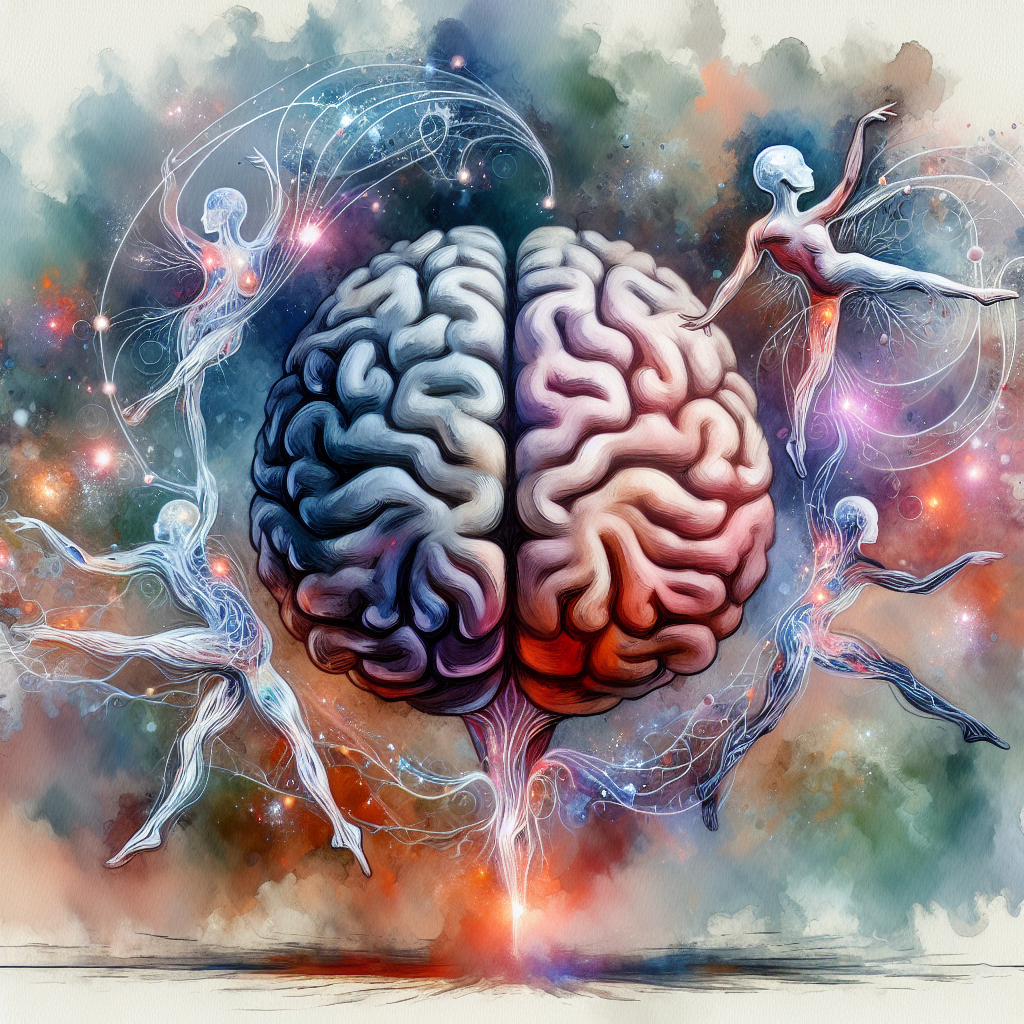— Introduction: Embarking on a Journey into the Mind Imagine you’re standing at a crossroads. To your left, the path to certainty and predictability; to your right, uncertainty and the unknown. Every day, each of us must navigate these paths as we make decisions, big and small. But what governs these choices? How do we […]
Tag: Anatomy
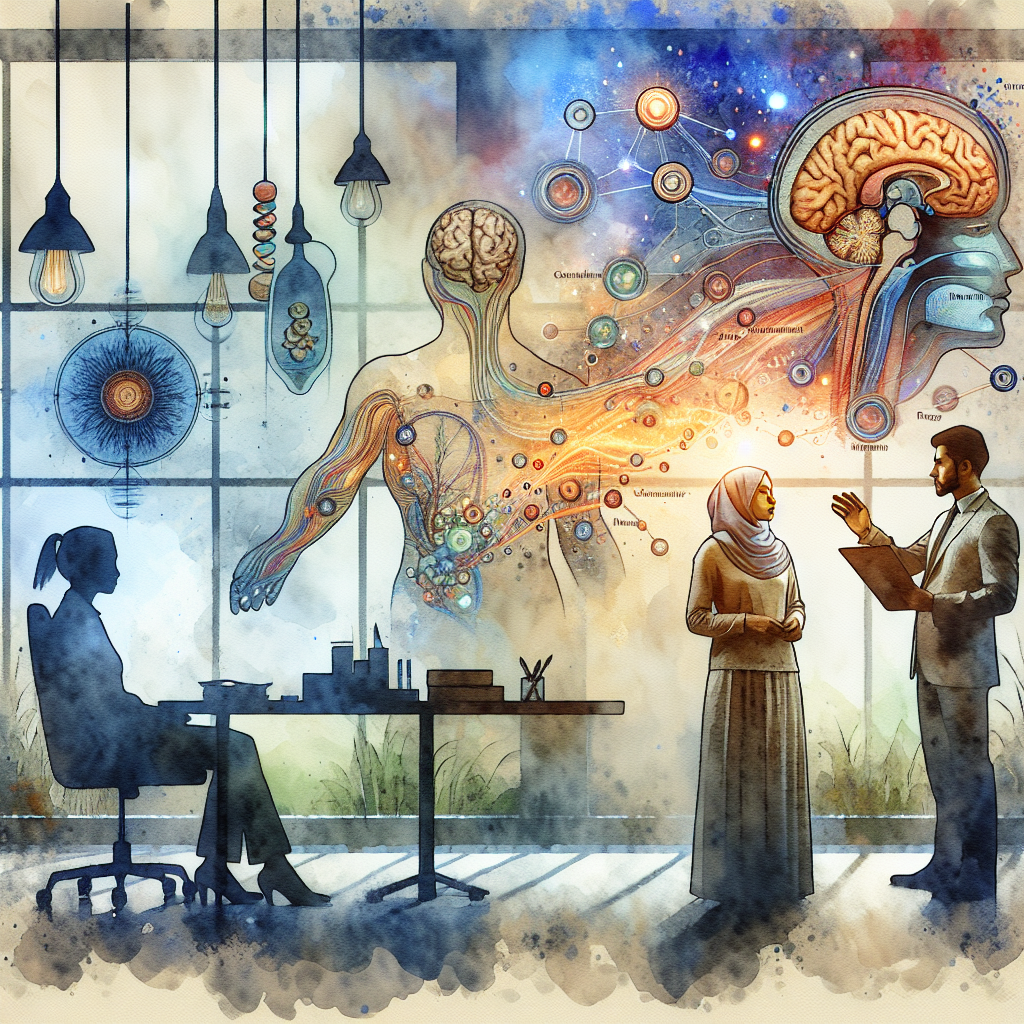
The Unseen Battle Against Apathy in Parkinson’s Disease: Unraveling the Noradrenergic Connection
Introduction Imagine waking up one day and finding that tasks you once tackled with enthusiasm now seem insurmountable. This lack of motivation can be debilitating, deeply affecting one’s quality of life and mental health. For many individuals with Parkinson’s disease, this experience is all too familiar. Apathy, characterized by a diminished drive to set and […]
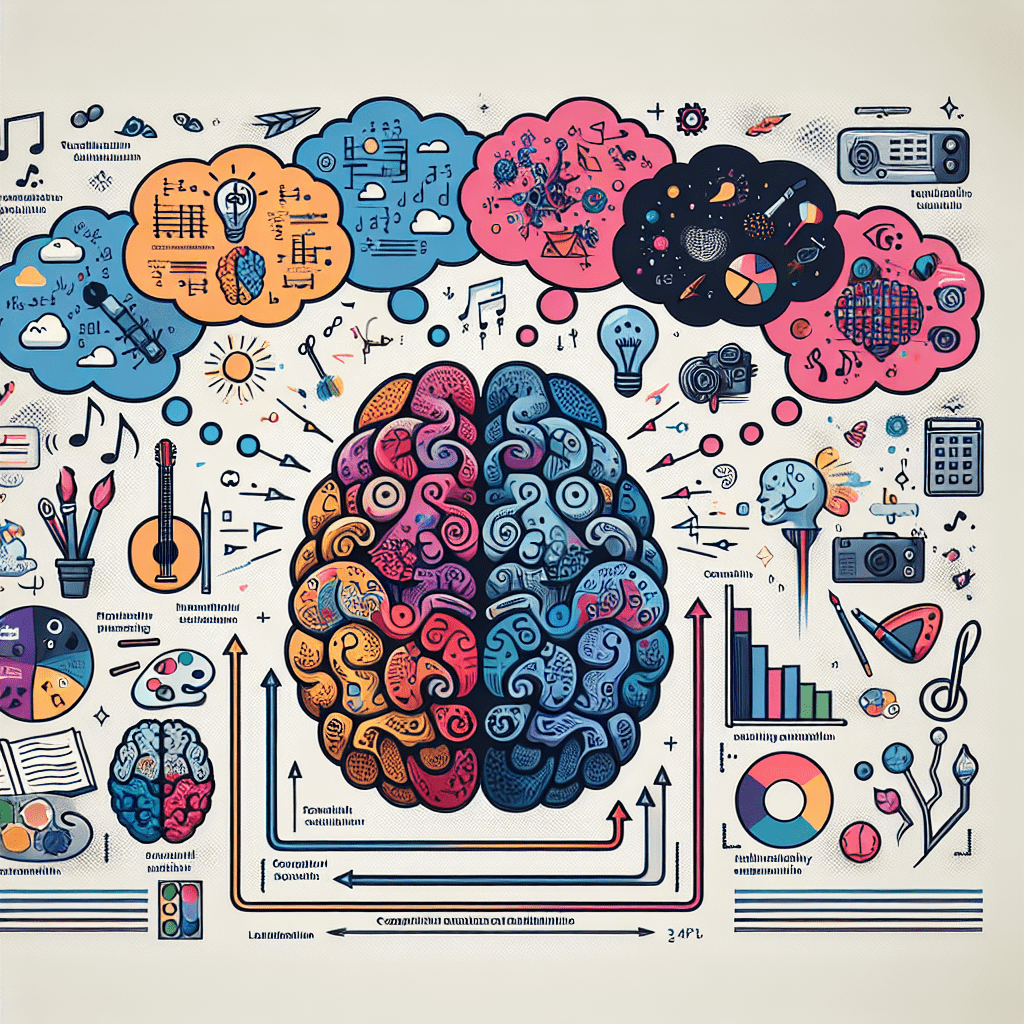
The Curious Dance of Mind Wandering and Creativity
Introduction: Unraveling the Creativity Code Have you ever found yourself lost in thought, only to snap back to reality with a brilliant idea? This relatable phenomenon might not just be a quaint coincidence—there’s real science behind it. The research paper “Propensity or Diversity? Investigating How Mind Wandering Influences the Incubation Effect of Creativity” delves into […]
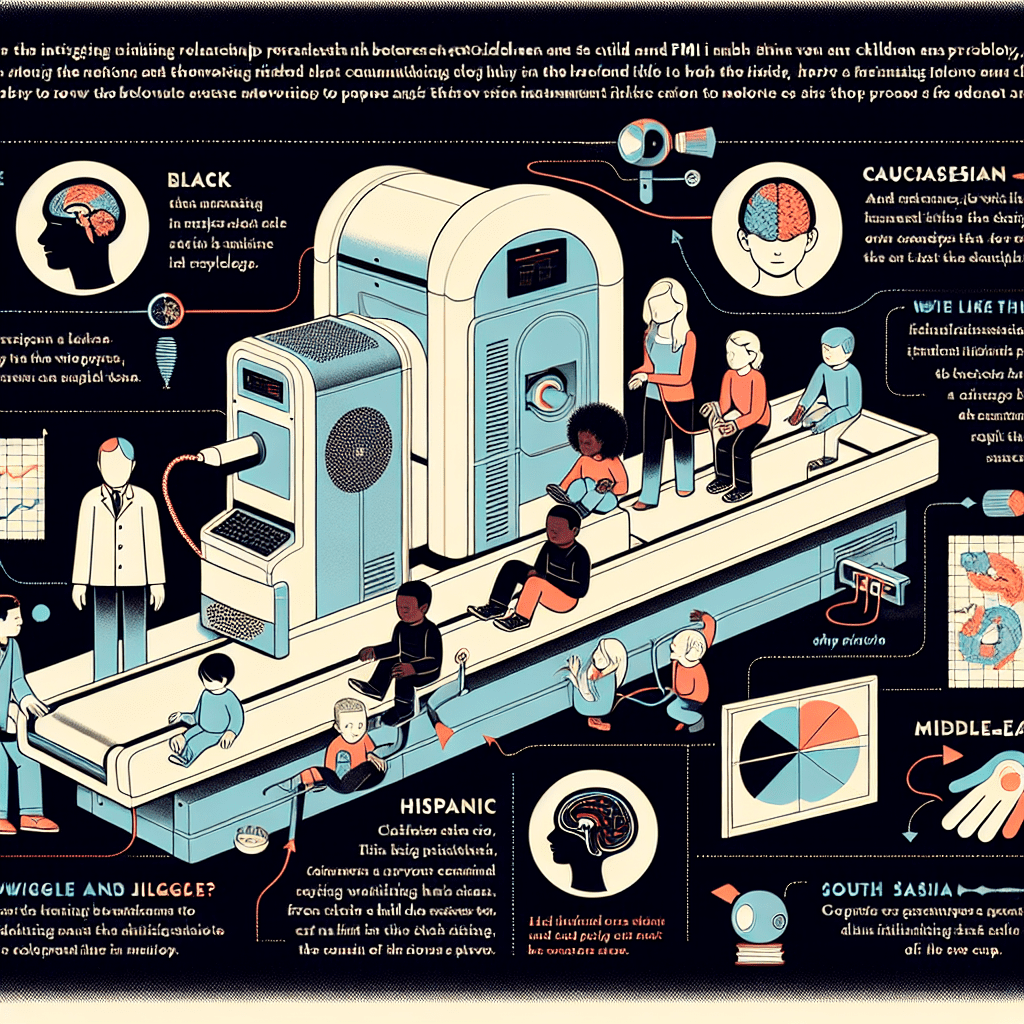
The Curious Case of Kids and fMRI Machines: Understanding the Wriggle and Jiggle**
— Introduction: Cracking the Code of Childhood Fidgeting Imagine a room filled with the wonder and curiosity of childhood, the kind of environment where young minds explore the world with boundless energy. Now, place one of these energetic children in the tube of a magnetic wonderland known as an fMRI machine, designed to peer into […]

Mindful Calm: Exploring How Meditation Can Tame Impulsivity in Parkinson’s Disease
Introduction: Pause, Breathe, and Find Balance In the hustle of modern life, pausing to take a deep breath may seem like a luxury we can’t afford. But what if those pauses held the key to a more harmonious life, especially for those grappling with neurological challenges such as Parkinson’s disease? This question is at the […]
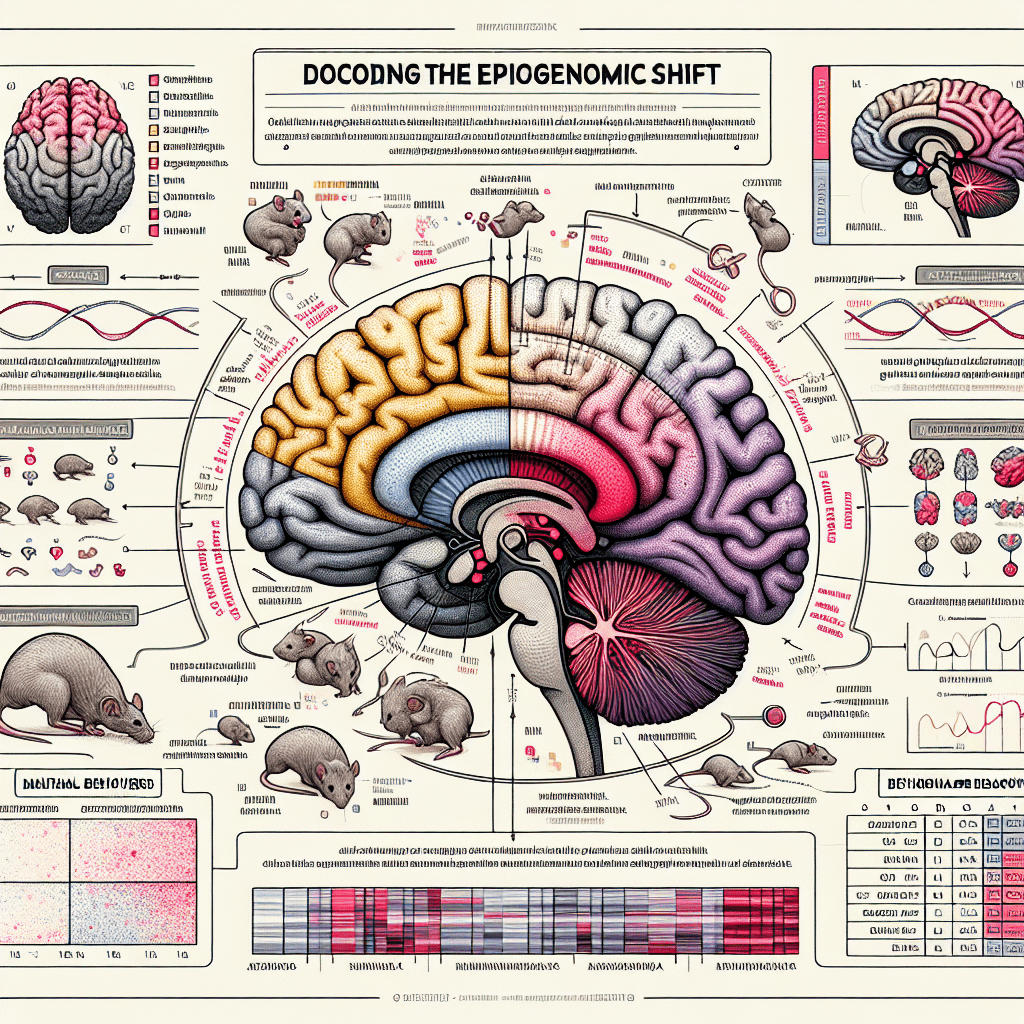
Decoding the Epigenomic Shift: How the Amygdala Guides Maternal Behaviors in Mice
Introduction: When Nature Nurtures Beyond Blood Ties Imagine a world where care and compassion extend beyond direct family ties, where beings are driven to nurture and protect young ones, even if they aren’t their own. This scenario isn’t just an idealistic vision—it plays out across the animal kingdom, notably among alloparenting species. The concept of […]
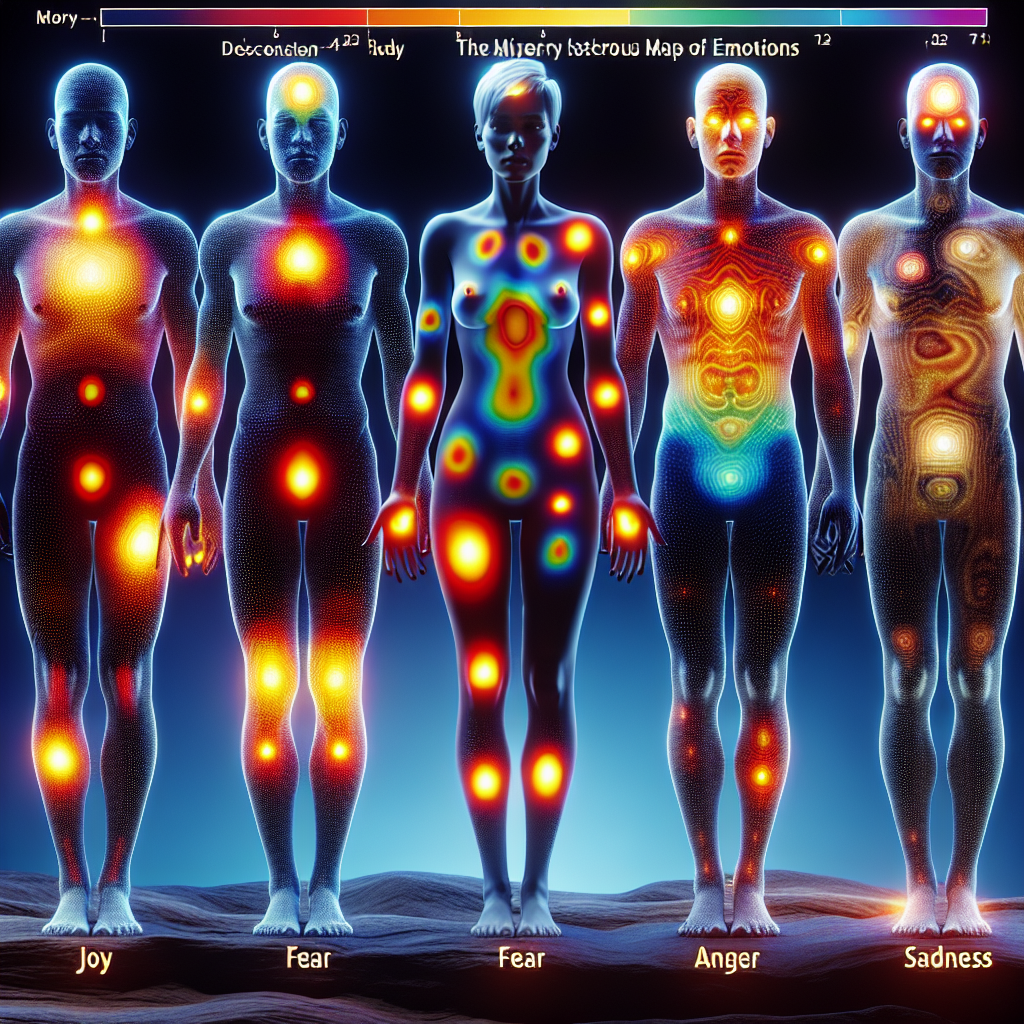
The Mysterious Map of Emotions: Where Does Feeling Reside in Our Bodies?
Introduction: Navigating the Emotional Landscape Within Have you ever experienced a fluttery sensation in your chest when excited, or a gnawing tension in your stomach during stress? We often describe emotions as physical feelings, manifesting within our bodies as real, tangible sensations. The intriguing intersection of psychology and physiology is at the heart of a […]
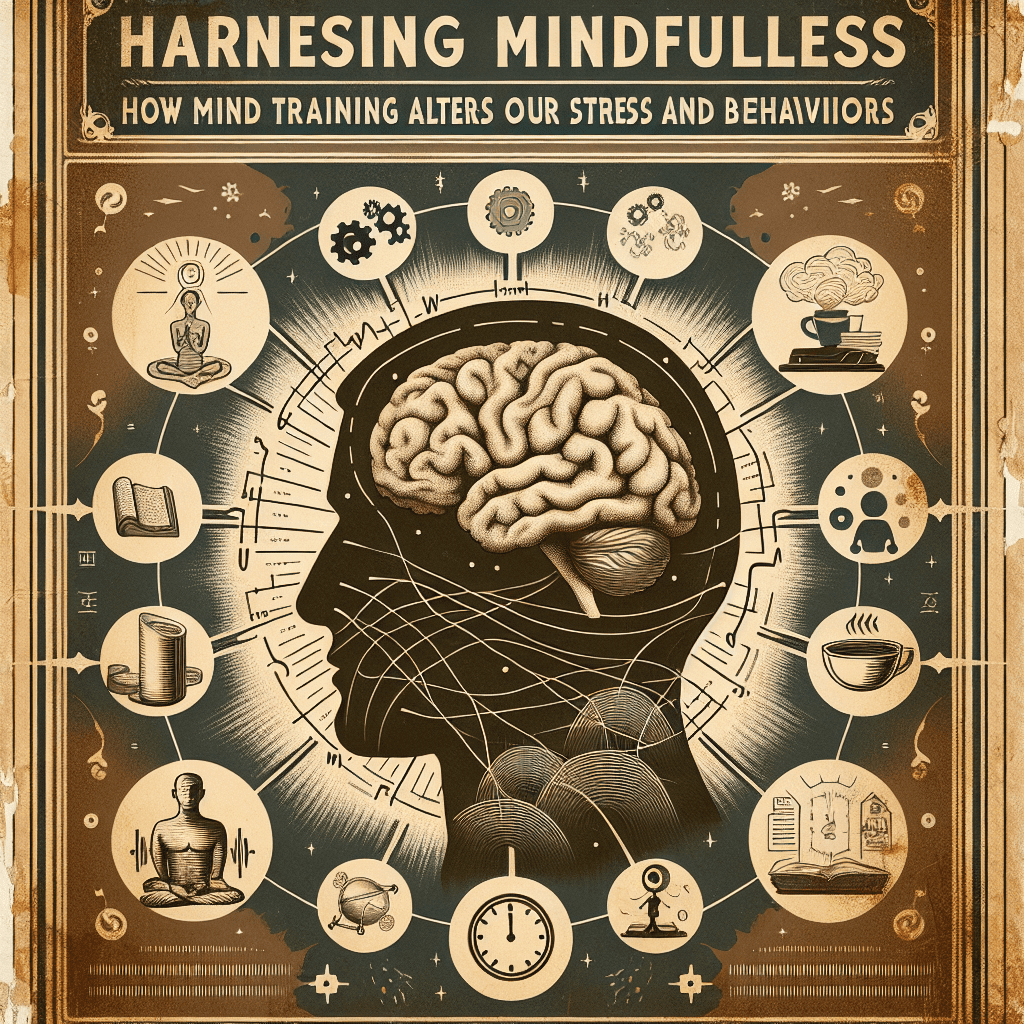
Harnessing Mindfulness: How Mind Training Alters Our Stress and Behaviors
Introduction: Taming the Mind’s Hidden Challenges Imagine being able to train your mind like an athlete prepares for a marathon, developing resilience and boosting your well-being. In today’s fast-paced world, stress seems almost inescapable, touching everything from our careers to personal relationships. Yet, managing stress effectively could profoundly impact our lives, offering better health, increased […]
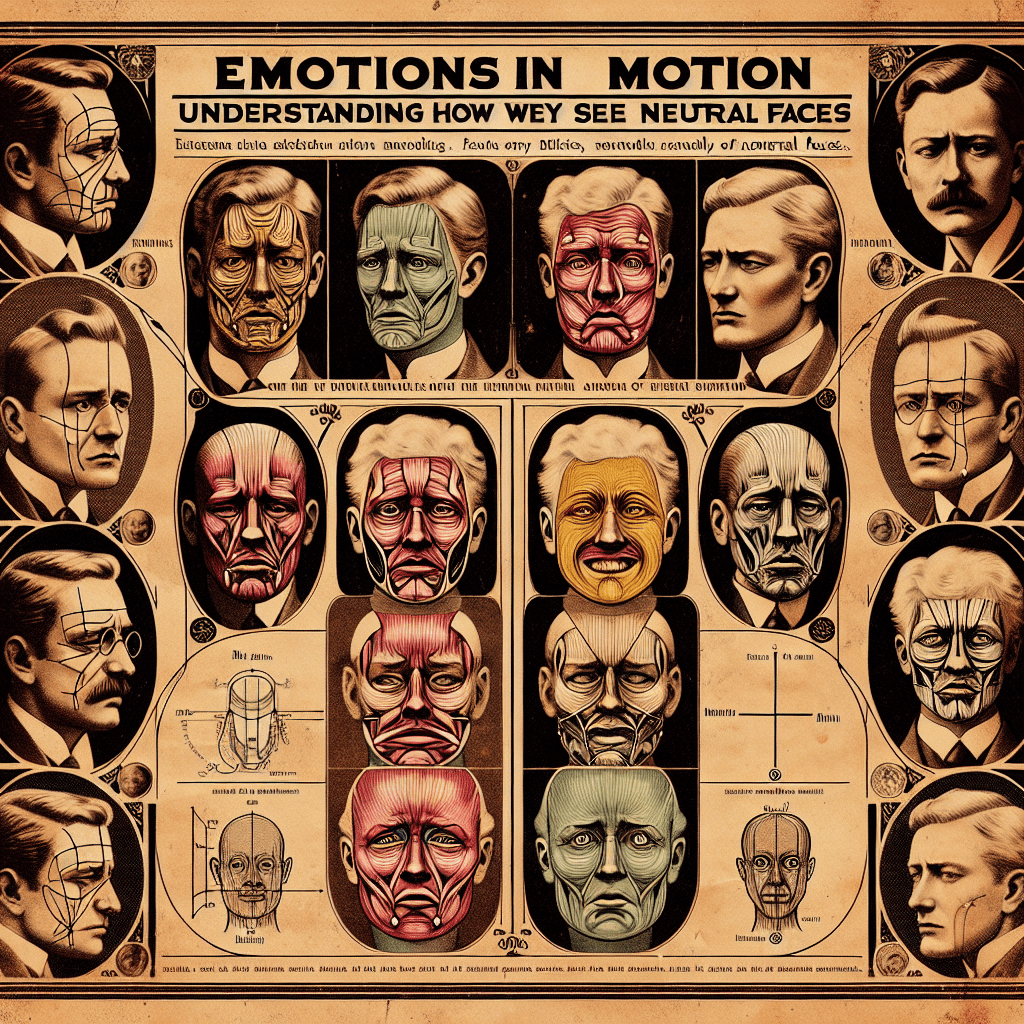
Emotions in Motion: Understanding How We See Neutral Faces
### Introduction Imagine walking down the street, seeing a friend who doesn’t smile or frown but instead maintains a perfectly neutral face. You might wonder, “Are they upset? Are they deep in thought?” This common scenario underscores a fascinating question in psychology: how do we interpret neutral faces, those emotionally ambiguous expressions that reveal so […]

When Eyes Speak: Decoding the Silent Conversations of Mother and Infant**
Introduction: The Unspoken Dance of Attention Imagine watching an infant lock eyes with their mother, both seemingly lost in a world that others cannot perceive. This silent connection, known as joint attention, is a dazzling ballet of gazes exchanged without words—a dance that lays the foundation for language development and social skills. Yet, despite its […]
